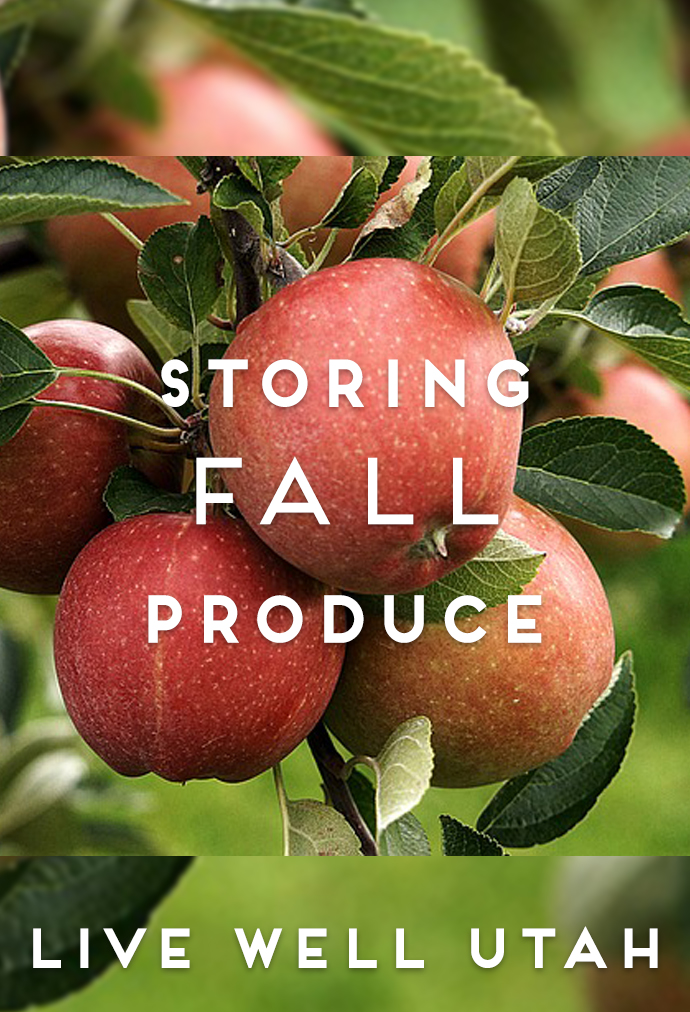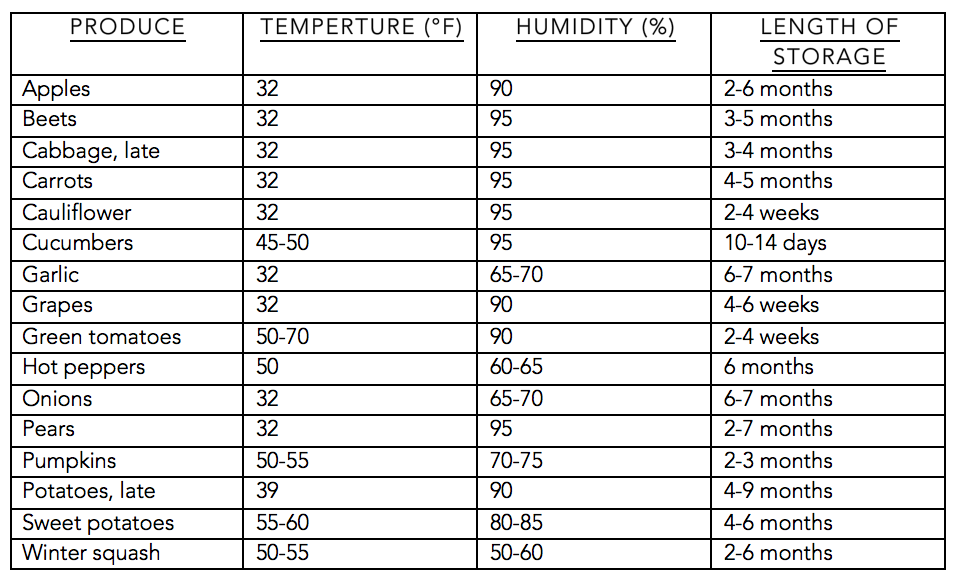Fall Bucket List
Cooler temperatures and colorful leaves are on their way. We’re welcoming fall with more than 50 fall things to do around Utah. Pick and choose your favorites to create your own custom fall bucket list.
The weather is starting to cool off, the leaves are changing and there is so much fun to be had. Utah is full of great experiences, whether you want to spend time out in the crisp fall air or stay home working on simple projects. Whatever mood you are, in it is nice to have a list of exciting ideas to choose from, and we have more than 50 suggestions for you to build your own fall bucket list.
Outdoors
- Drive the Alpine Loop or other local canyons to see the leaves
- Explore a corn maze
- Visit the local farmer’s market
- Go on a hike to see the fall colors
- Go camping in the colors
- Go apple, pumpkin, squash, pepper or tomato picking at a local “pick your own” farm
- Go pick your own pumpkin from a pumpkin patch
- Practice recreational shooting
- Go hunting
- Go Trick-or-Treating
- Tell scary stories around a campfire
- Go on a hay ride
- Join in a family and friend turkey bowl football game
Entertainment
- Plan a fall trip
- Run a 5-K race or run in a haunted race
- Watch a scary movie
- Host or attend a Halloween party
- Visit Gardner Village in Midvale for Witchfest and Witches Night Out
- Attend a dance performance of Thriller by Odyssey Dance Crew, locations throughout Utah
- Participate in Oktoberfest at Snowbird Ski Resort
- Visit This is The Place Heritage Park, Salt Lake City
- Little Haunts during the day
- Haunted Village in the evening
- Participate in Wheeler Historic Farm Pumpkin Days in Murray
- Visit the Heber Valley Railroad Pumpkin Train
- Check out the Dia De Los Muertos activities, Utah Cultural Celebration Center, West Valley
Home
- Do fall cleaning
- Decorate the house
- Host a football watching party
- Host a Halloween party
- Gather family for Thanksgiving dinner
- Rake up and play in the autumn leaves
- Clean out garden beds to prepare for next year
- Plant spring bulbs
- Plant a tree — Autumn is a great time to plant a tree, but be sure to water well if it is a dry autumn.
Food
- Do a chili cook-off
- Make apple cider
- Harvest fall produce and preserve it by freezing, drying or canning (jams, jellies, whole fruit, etc.)
- Throw a homemade doughnut party – invite friends and family over for fun and doughnuts everyone can enjoy. Try them baked or fried.
- Make caramel apples
- Try a new recipe for Thanksgiving (pie, stuffing, etc.)
- Throw a party where everyone brings a different kind of pie
- Host a crock pot party
- Try a new homemade soup, like Apple & Butternut Squash Soup (page 7) to help keep you warm as the days get colder.
Crafts
- Pumpkin carving – A tradition that never gets old. Find your favorite printable template or draw freehand to make your pumpkin carving creation.
- Decorate/paint pumpkins to look like a favorite book character – Painting and decorating pumpkins is just as fun. They also last longer without wilting.
- “Boo” ding dong ditch the neighbors – Leave a bag of goodies on someone’s front porch and run away – once you have been “boo-ed” you hang an image of a ghost near your front door so others know you have been “boo-ed.”
- Start a fall gratitude journal
- Create a new autumn decoration
- Make a new Halloween costume
- Sew homemade hand warmers
Books
This is a way to transport yourself and your little ones into another world of fun, adventure and fantasy. Cuddle up with a blanket and enjoy some of these favorites this autumn.
- Scary chapter books:
- Scary Stories to Tell in the Dark by Alvin Schwartz
- The Graveyard Book by Neil Gaiman
- Coraline by Neil Gaiman
- Doll Bones by Holly Black
- Halloween picture books:
- Room on the Broom by Julia Donaldson
- The Little Old Lady Who Was Not Afraid of Anything by Linda D. Williams
- Goodnight Goon: A Petrifying Parody by Michal Rex
- Bear Feels Scared by Karma Wilson
- Big Pumpkin by Erica Silverman
- In a Dark, Dark Room and Other Scary Stories by Alvin Schwartz
- The Hallo-wiener by Dav Pilkey
- Bats at the Library by Brian Lies
- Frankenstein by Rick Walton and Nathan Hale
- Pumpkin Circle: The Story of a Garden by George Levenson and Samuel Thaler
- A Very Brave Witch by Alison McGhee and Harry Bliss
-
One Witch by Laura Leuck
- Curious George Goes to a Costume Party by Margaret Rey
- Where is Baby’s Pumpkin? by Karen Katz
- Thanksgiving picture books:
- ‘Twas the Night Before Thanksgiving by Dav Pilkey
- Turkey Trouble by Wendi Silvano
- The Ugly Pumpkin by Dave Horowitz
- A Plump and Perky Turkey by Teresa Bateman and Jeff Shelly
This article was written by Kirsten Lamplugh, Intern at the Salt Lake County USU Extension office, BS in Family and Consumer Sciences

 Do you have more zucchini than you know what to do with? Give these recipes a try!
Do you have more zucchini than you know what to do with? Give these recipes a try!


